Public transportation plays a crucial role in our communities, with bus drivers serving as the frontline heroes. In our recent webinar titled "The Driver’s Perspective: Making Public Transportation Better," bus operators took the stage to address the critical issue of driver shortages in the global public transportation industry. With a "Focus on the People," the event aimed to delve into the challenges faced by bus drivers, enhance working conditions, and improve overall satisfaction and safety standards. Here's an in-depth exploration of the key findings from this eye-opening discussion.
Panelists' Personal Journeys:
The webinar began with a warm welcome from Angela Miller, Optibus’ GM of North America, who introduced a diverse panel of bus operators: Brendan Bartholomew, Alpha Puente, Marcus McKnight, and Eric Shabazz Lilley. Each shared their unique journeys into the industry, shedding light on their motivations, challenges faced, and their evolving passion for driving public transportation

1. The Complexity of Scheduling: Balancing Act in Public Transportation Operations
Scheduling emerged as a recurrent theme, representing a perpetual challenge for bus operators. Eric Lilley summarized the sentiment, "The schedule is always gonna be a problem." The demanding hours, erratic shifts, and the profound impact on work-life balance were brought to the forefront, shedding light on factors contributing to the industry's persistent driver shortages. It also became clear that the demands on a good schedule are very different - and that one of the key challenges the industry is facing is to design schedules that fit driver’s lives.
2. Tech in Public Transportation: A Double-Edged Sword
Angela Miller, a former Chief Information Officer for a public transportation agency, provided insights into the evolving role of technology in buses. "We often think that tech is gonna solve problems," she stated. However, Alpha Puente emphasized the potential resistance among drivers, noting, "They love to try everything, and every time we put something new in the bus, the driver's like, 'Oh, great! What do we have to deal with now?'" Eric Lilley sheds light on the positive aspects, emphasizing the efficiency gains in communication and addressing emergencies swiftly. The webinar illustrates that technology, when implemented thoughtfully and with operator experience in mind, becomes a powerful tool for efficiency and safety in public transportation operations. The key lies in finding the right balance and keeping operators involved in the process.
3. Surveillance Tech and Operator Concerns: A Balancing Act
Brendan Bartholomew delved into the implications of surveillance technology, expressing concerns about machine intelligence in systems like DriveCam. He elaborated, "Now there are algorithms and software that are going to be noticing whether or not we might be doing something wrong." This sparked a thoughtful dialogue about the fine line between safety measures and the potential intrusion into the driver's workspace. Despite initial reservations, the discussion reflects the industry's commitment to exploring technologies that prioritize safety without compromising operators' well-being.
4. Recruitment Challenges and Shifting Workforce Dynamics
The discussion transitioned to the challenge of recruiting and retaining drivers, especially in the face of changing workforce dynamics. Eric Lilley highlights shifting attitudes towards work, suggesting agencies tailor their approaches to attract and retain talent effectively. Scheduling stands again out as a crucial issue. Adapting to demands and implementing flexible practices fosters a positive work environment and enhances talent retention. Competitive wages, as emphasized by Brendan Bartholomew, play a crucial role in attracting candidates and maintaining a satisfied workforce. Alpha Puente's insights on new drivers' concerns underscore the need for comprehensive training programs, creating a supportive environment and promoting confident employees.
5. Fears of New Drivers and the Human Aspect of the Job: Navigating Public Perception
Alpha Puente highlighted an intriguing aspect of the driver's experience: the fear of working with the public. She noted that new drivers often worry about potential complaints from passengers. This fear underscores the importance of not just recruiting new drivers but also addressing their anxieties, creating an environment where they feel supported in navigating the challenges of interacting with passengers. Building on Alpha's insights, Brendan Bartholomew emphasizes the need for a shift in public perception. Highlighting the positives, such as the intricate role drivers play in city dynamics, and acknowledging their contributions during difficult situations, can reshape the way the public views transit professionals. Brendan's emphasis on recognizing the human aspect of the job stresses the importance of portraying drivers as integral community members rather than faceless operators. This shift in perception could be a key element in bridging the gap between the community and transit professionals, fostering mutual respect and understanding.
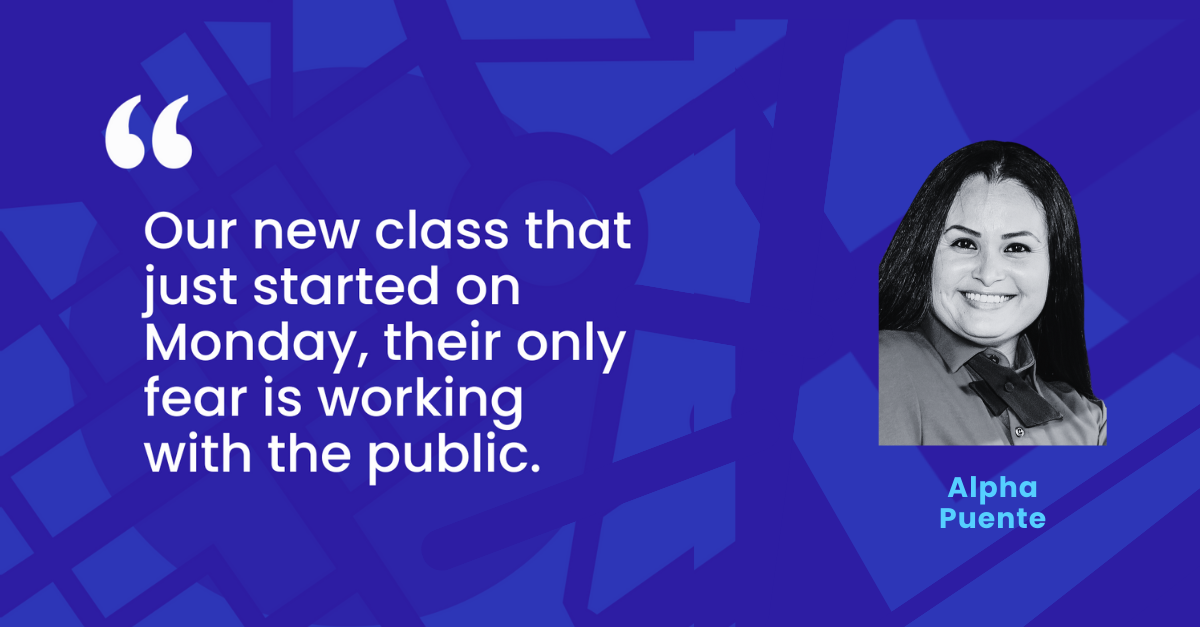
6. A Call for Public Transportation Education Initiatives: Shaping the Future Workforce
Marcus McKnight's advocacy for the Transit Education Initiative injects a proactive and forward-thinking element into the discussion. Recognizing that recruitment needs to begin early, Marcus proposes engaging with young minds through targeted educational programs. By integrating public transportation topics into school curricula, the initiative aims to instill an early appreciation for the industry and its vital role in urban life. Public Transportation Education Initiatives could take various forms, including partnerships with schools, hands-on experiences, and mentorship programs. This not only serves as an early recruitment strategy but also addresses the apprehensions of potential drivers, as highlighted by Alpha Puente. If individuals have a foundational understanding and positive perception of the public transportation industry from a young age, they may be more likely to consider it as a viable and rewarding career path. In essence, Marcus's proposal aligns with the broader theme of humanizing the transit industry. By fostering educational initiatives, the industry can shape a future workforce that not only understands its intricacies but is also excited about contributing to its growth. It's a call to invest not just in the present but in the long-term sustainability and appeal of the transit profession.
Final Takeaways: Voices from the Frontlines
As the webinar concluded, the speakers shared final thoughts. Alpha Puente encouraged prospective drivers to give the job a chance, emphasizing the positive aspects. Marcus McKnight urged a return to basics, focusing on investing in people, and creating a workplace where employees feel appreciated for their efforts.
In conclusion, the webinar provided a glimpse into the multifaceted world of bus operators. From scheduling intricacies to the evolving role of technology, the challenges and triumphs of these essential workers underscored the need for a holistic approach to improve the public transportation industry. By addressing scheduling concerns, embracing technology thoughtfully, prioritizing employee well-being, and initiating educational initiatives, the public transportation sector can create a more sustainable and fulfilling environment for its workforce. The voices of these frontline workers call for a collaborative effort to shape the future of public transportation for generations to come.
Interested in watching the whole webinar? Check it out here!

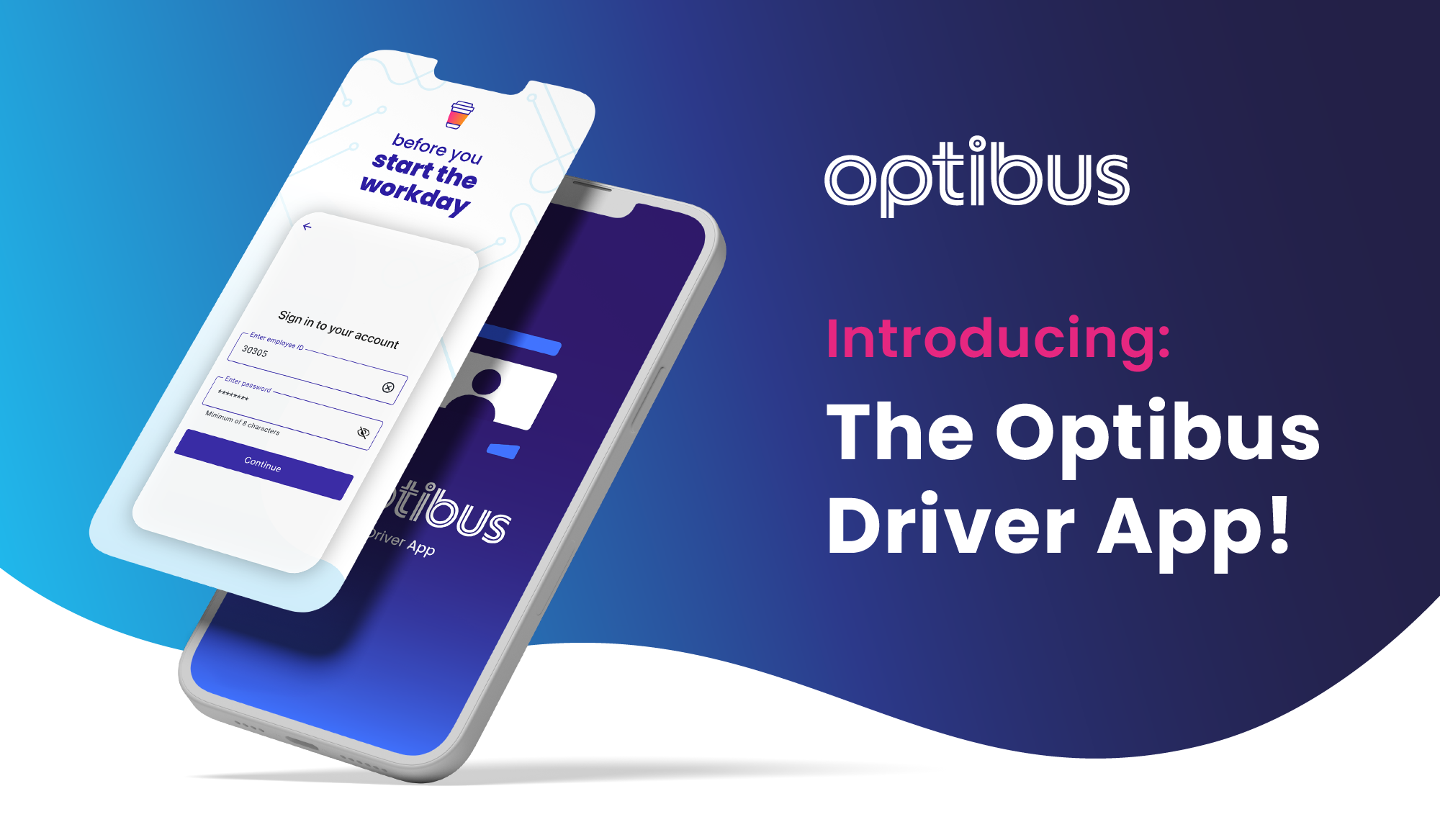

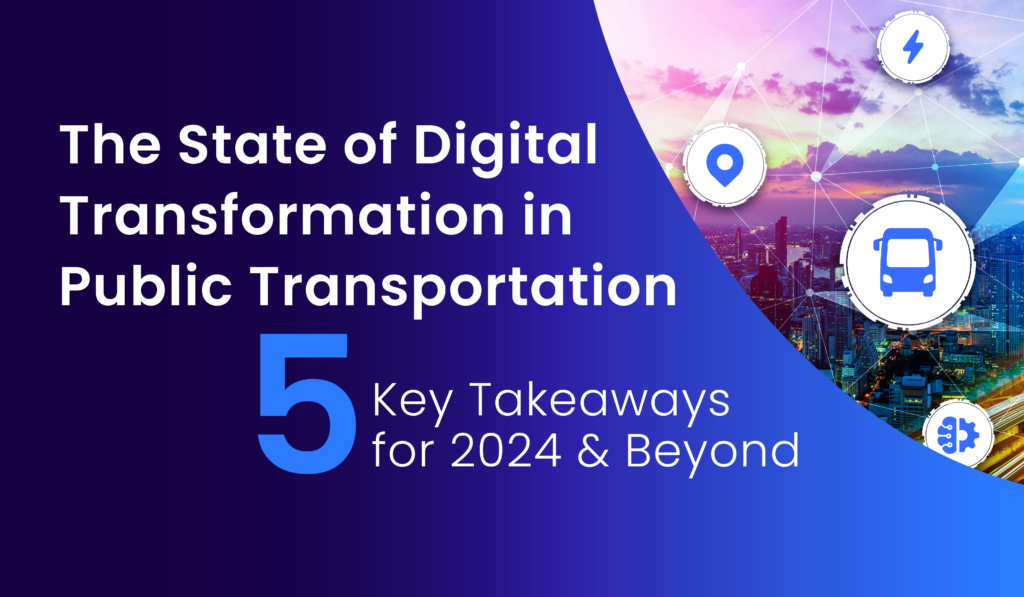
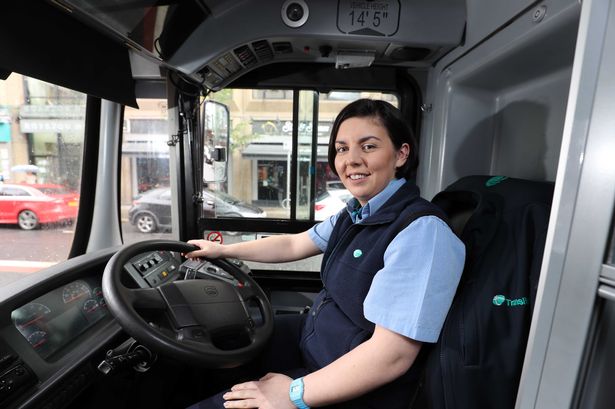
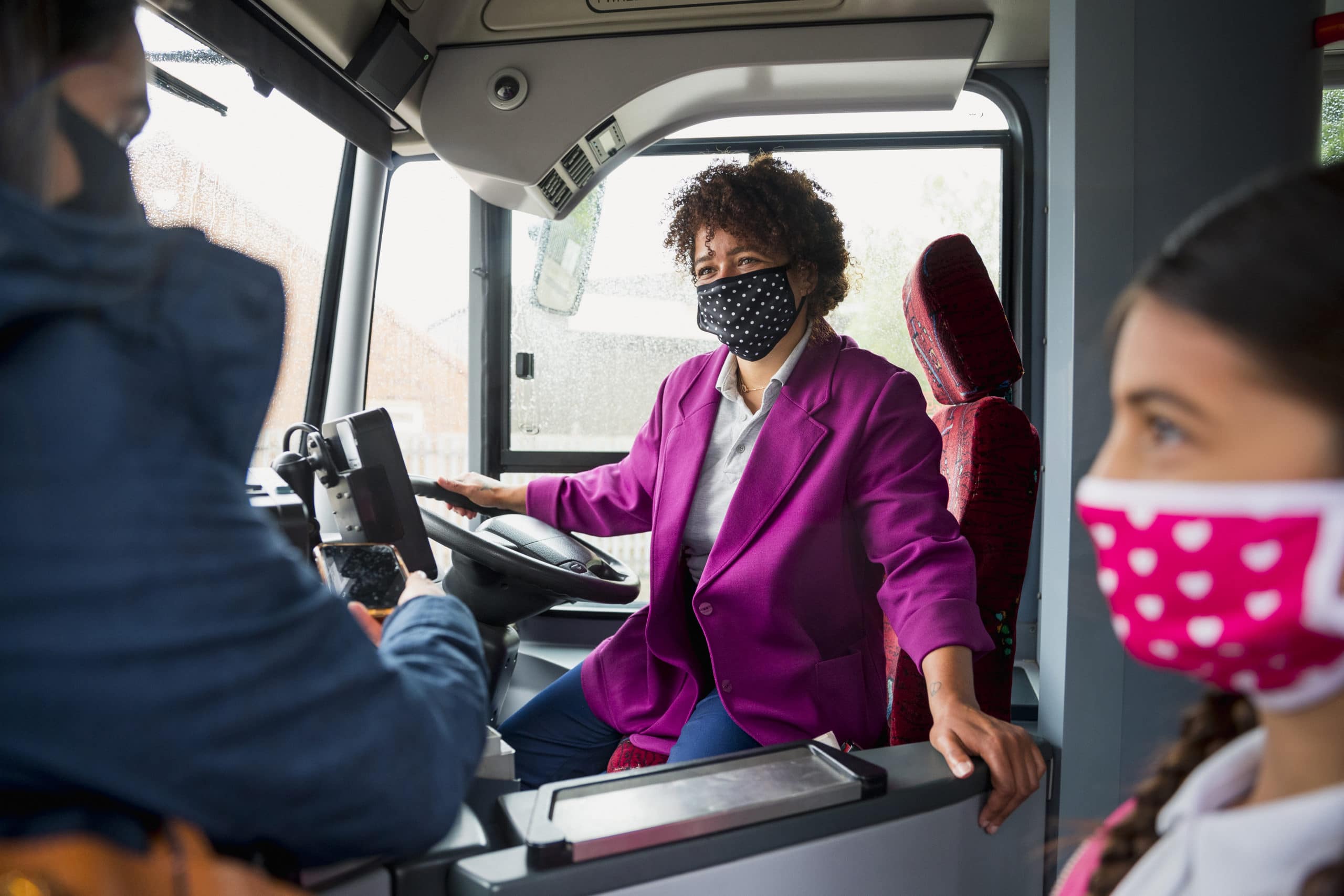
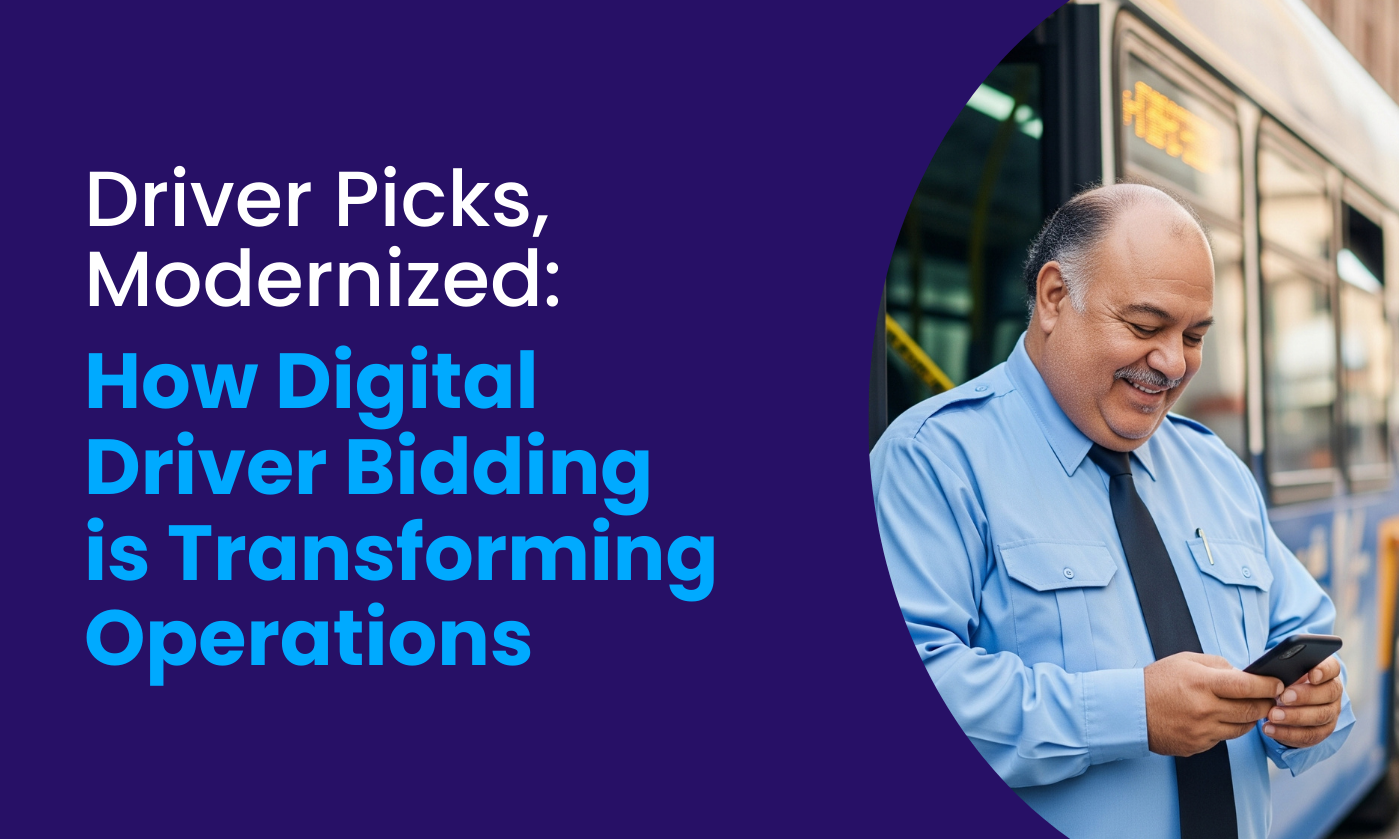
%20(2).png)